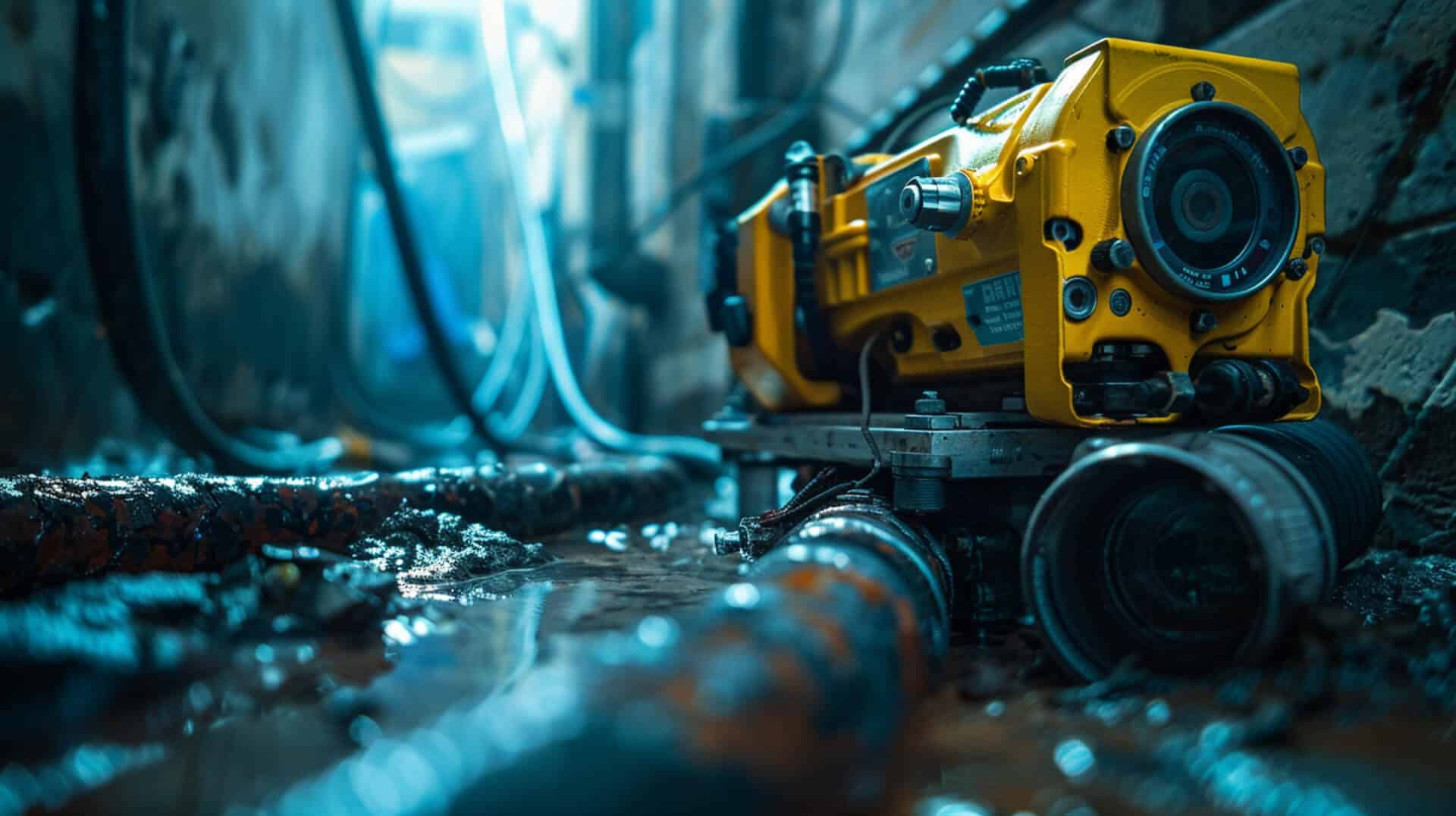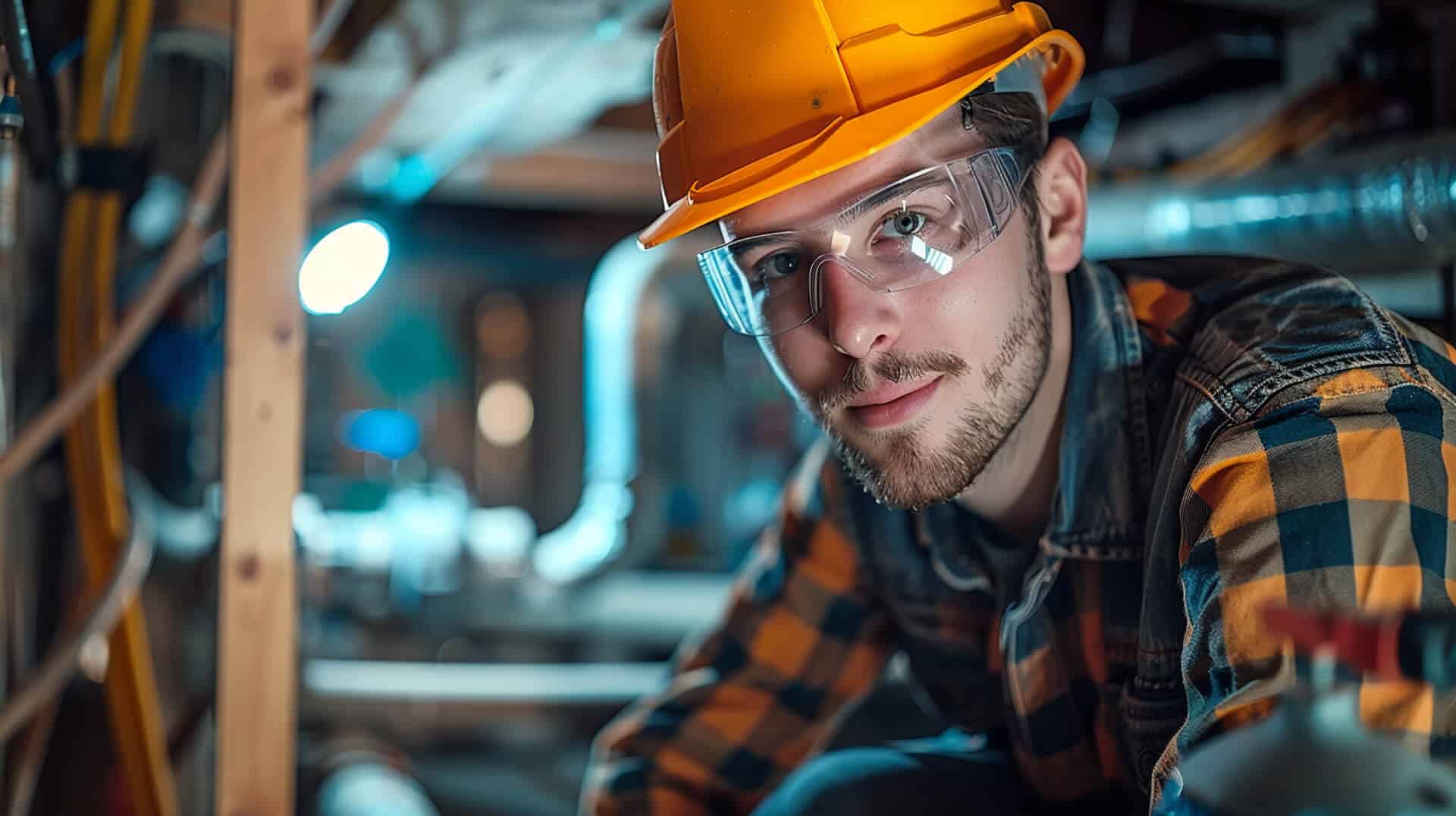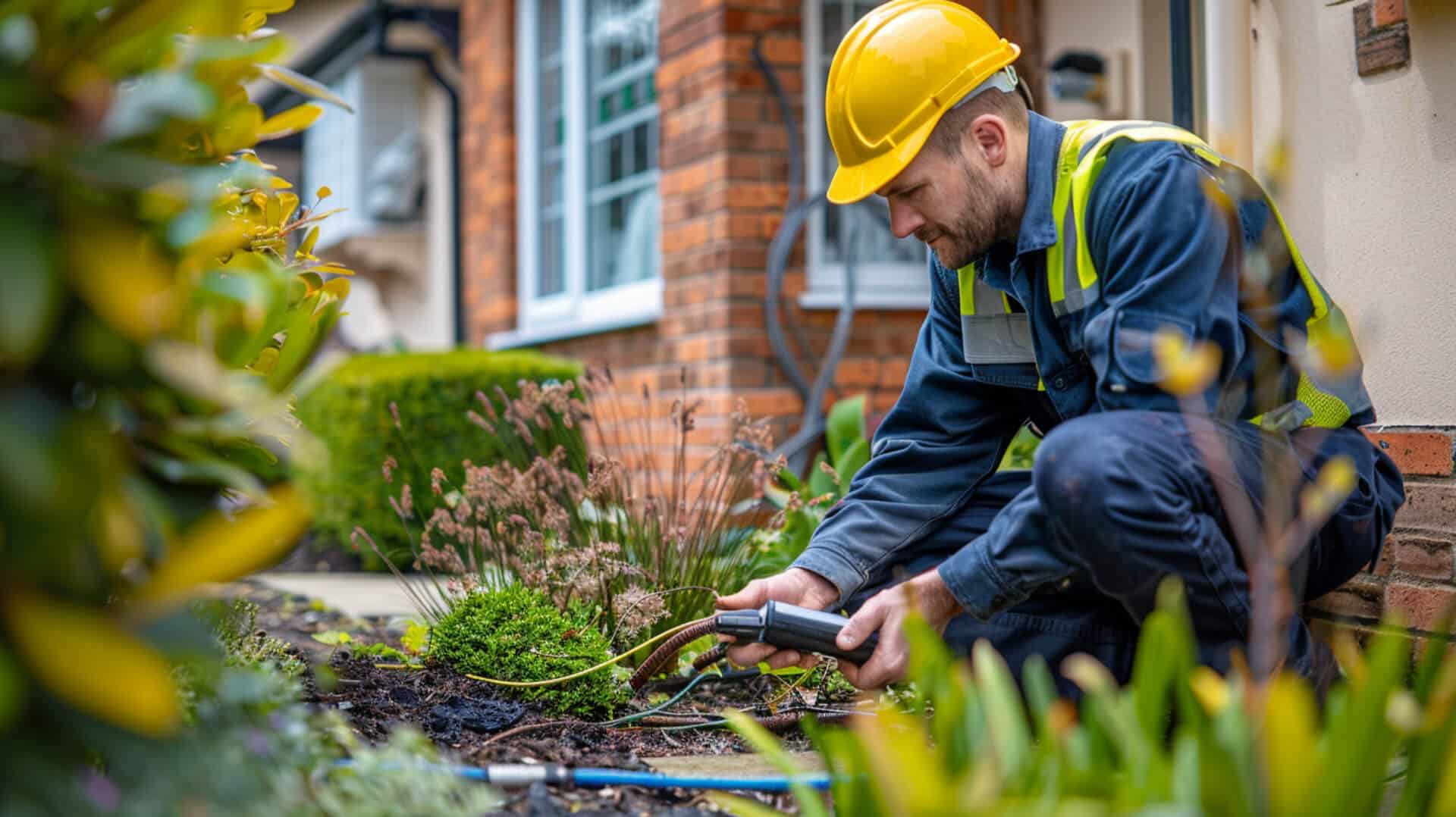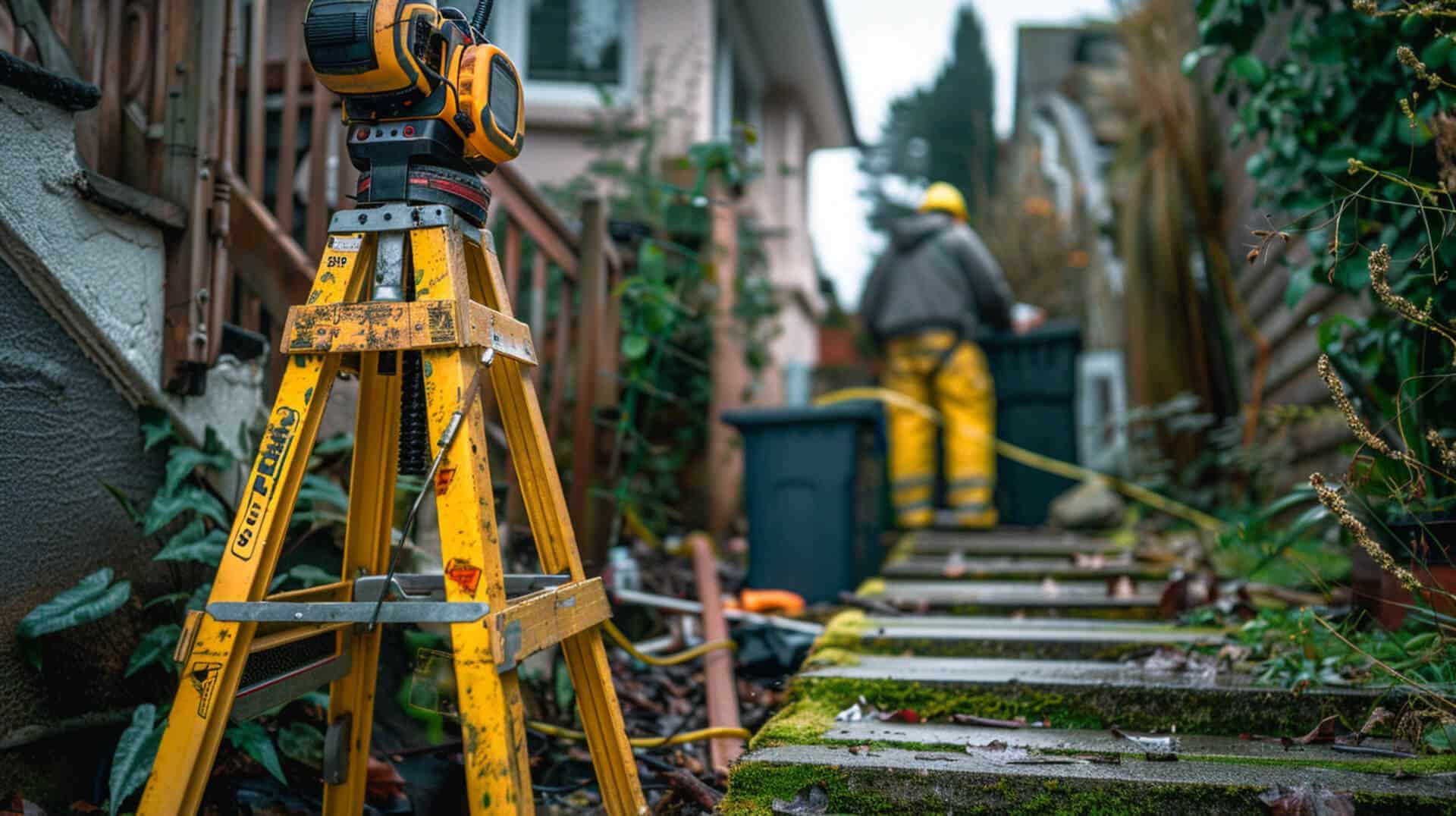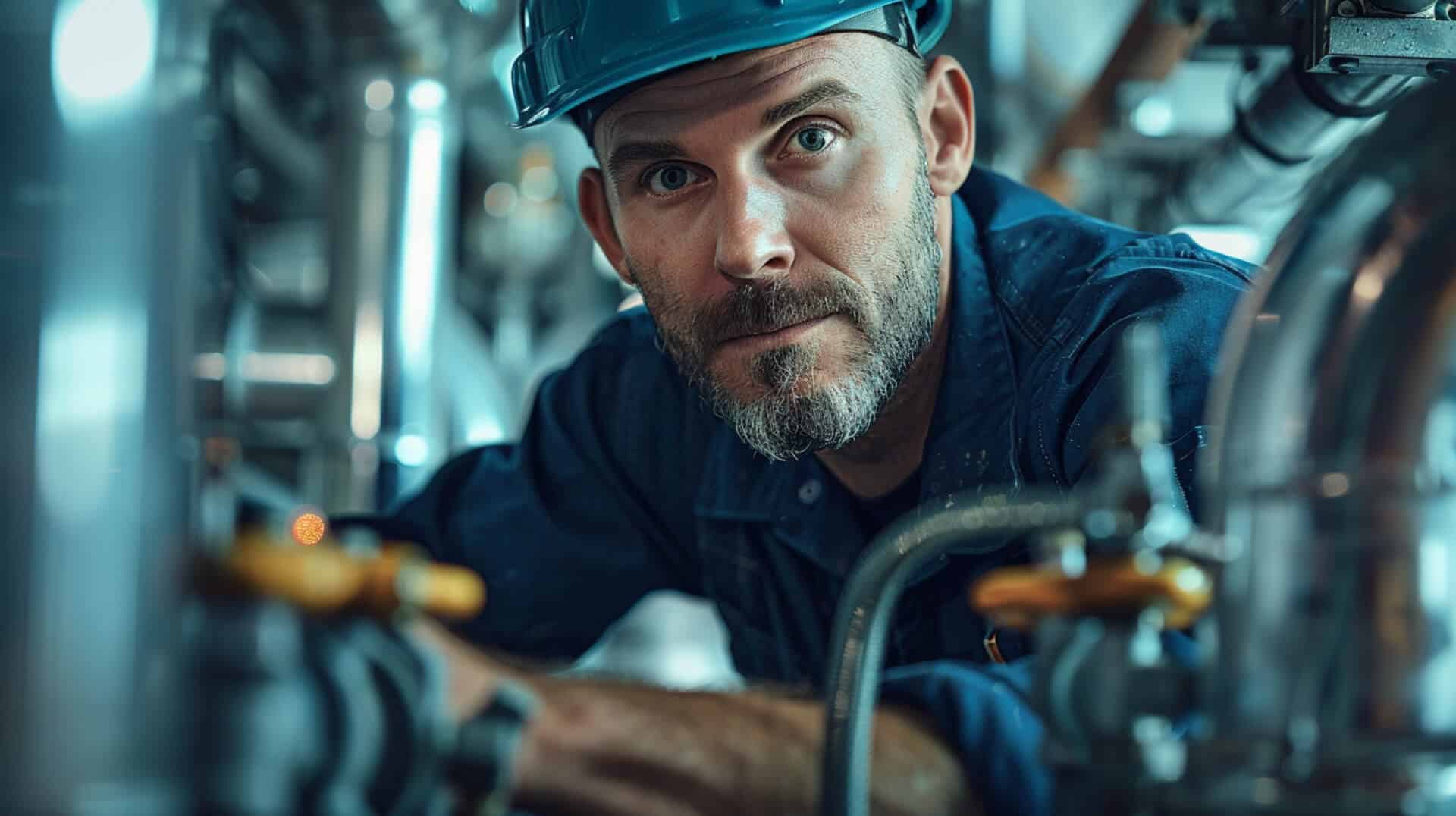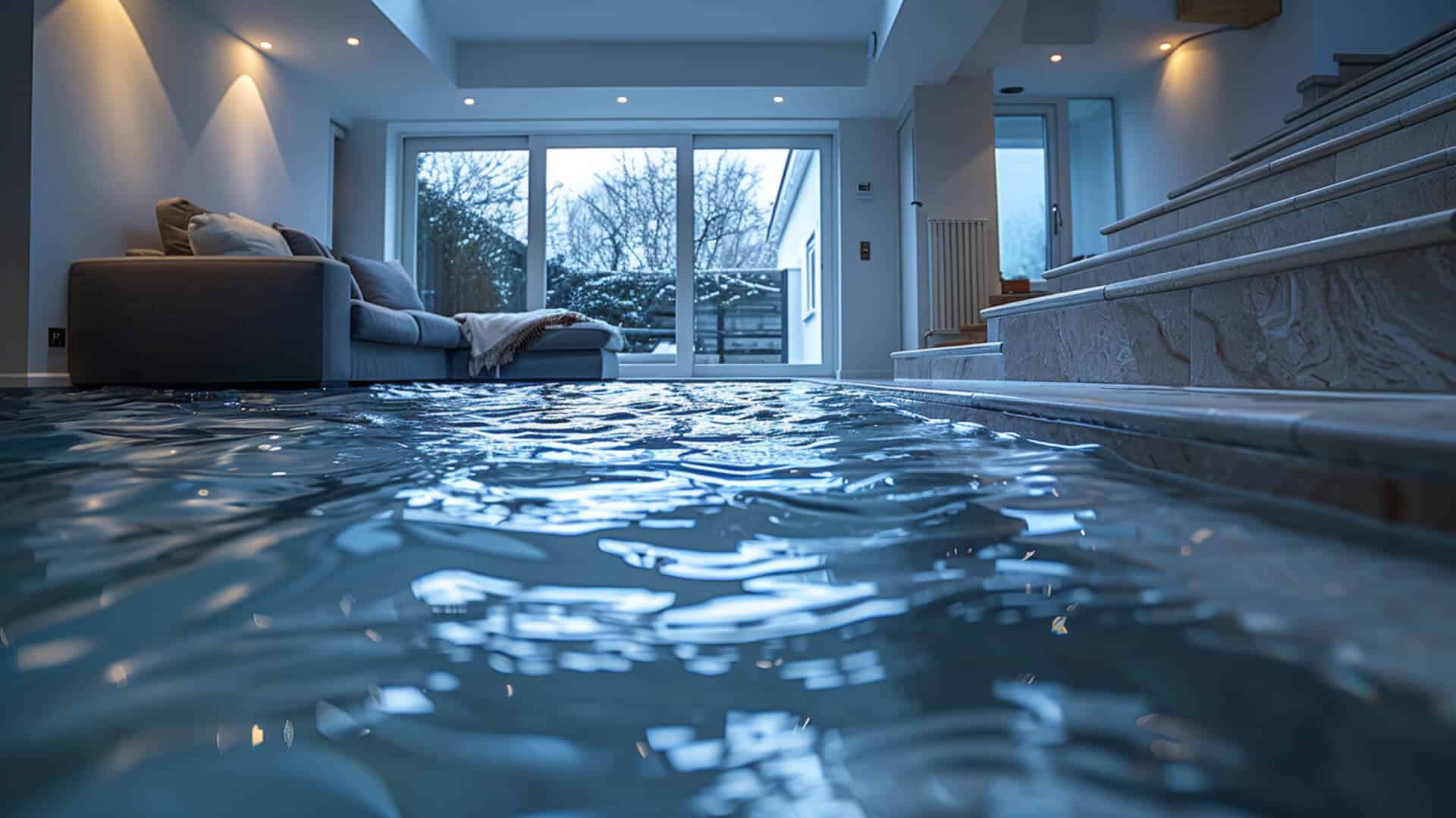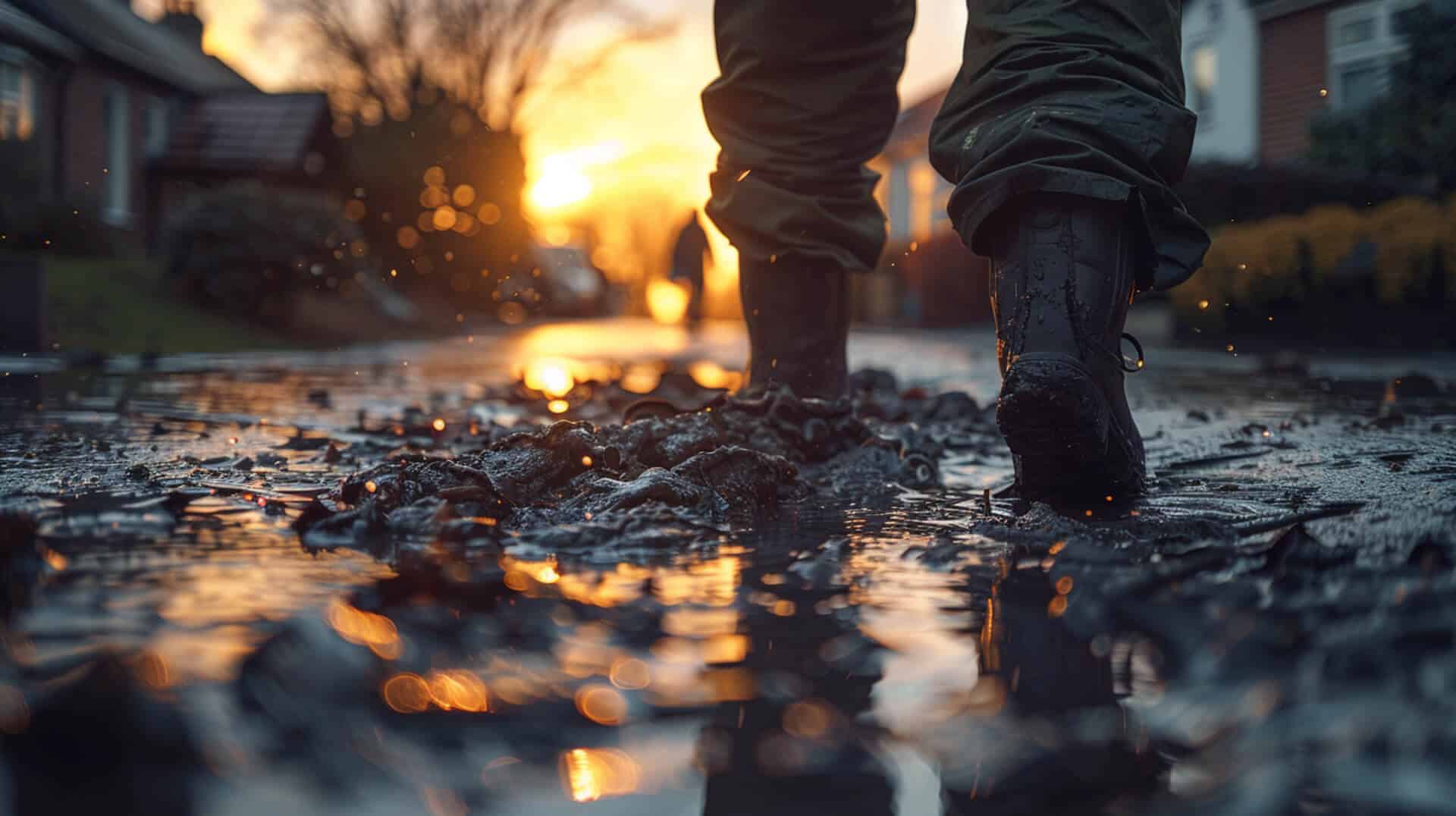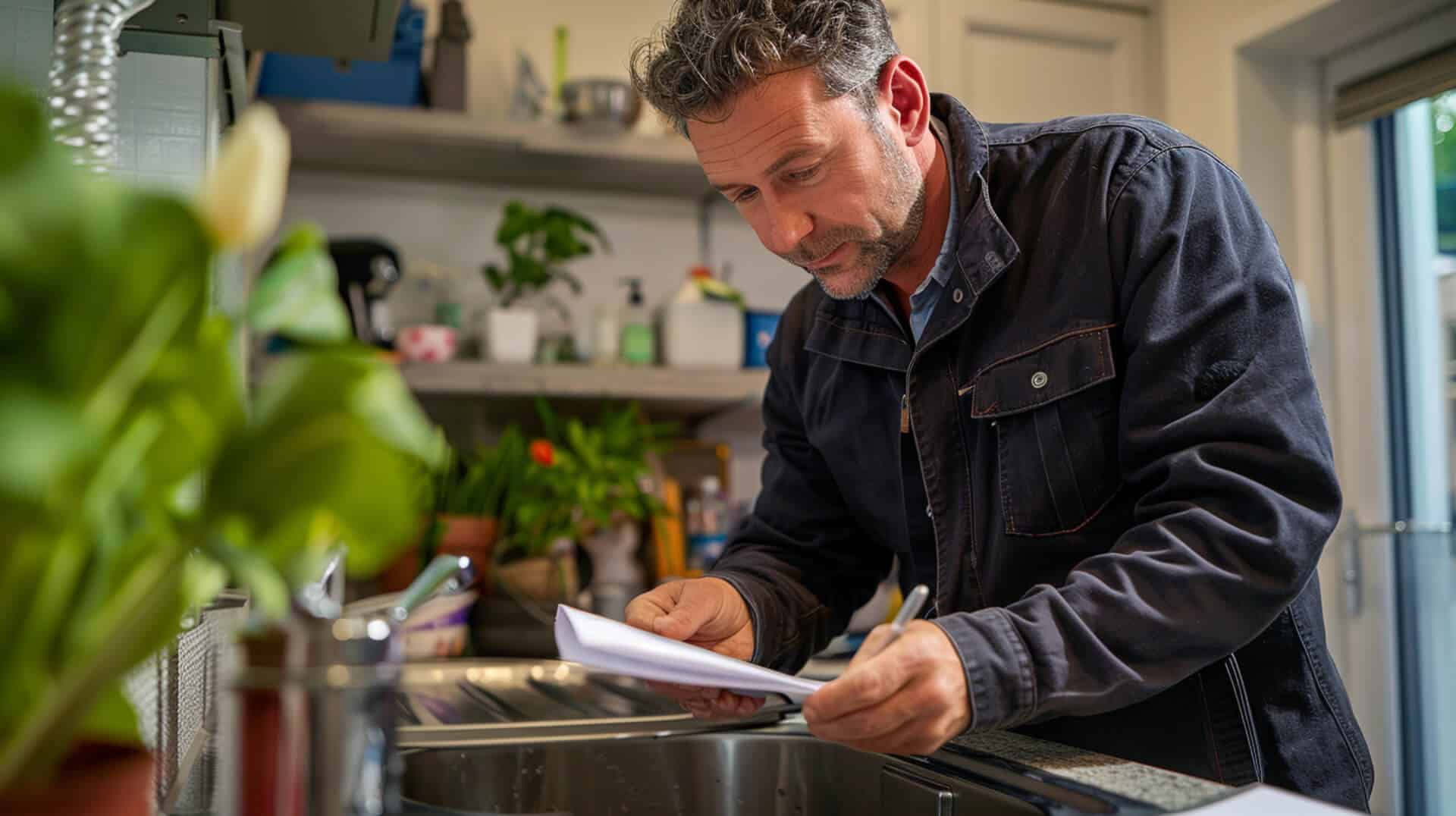 What Are The Steps Involved In A Structural Drain Survey
What Are The Steps Involved In A Structural Drain Survey
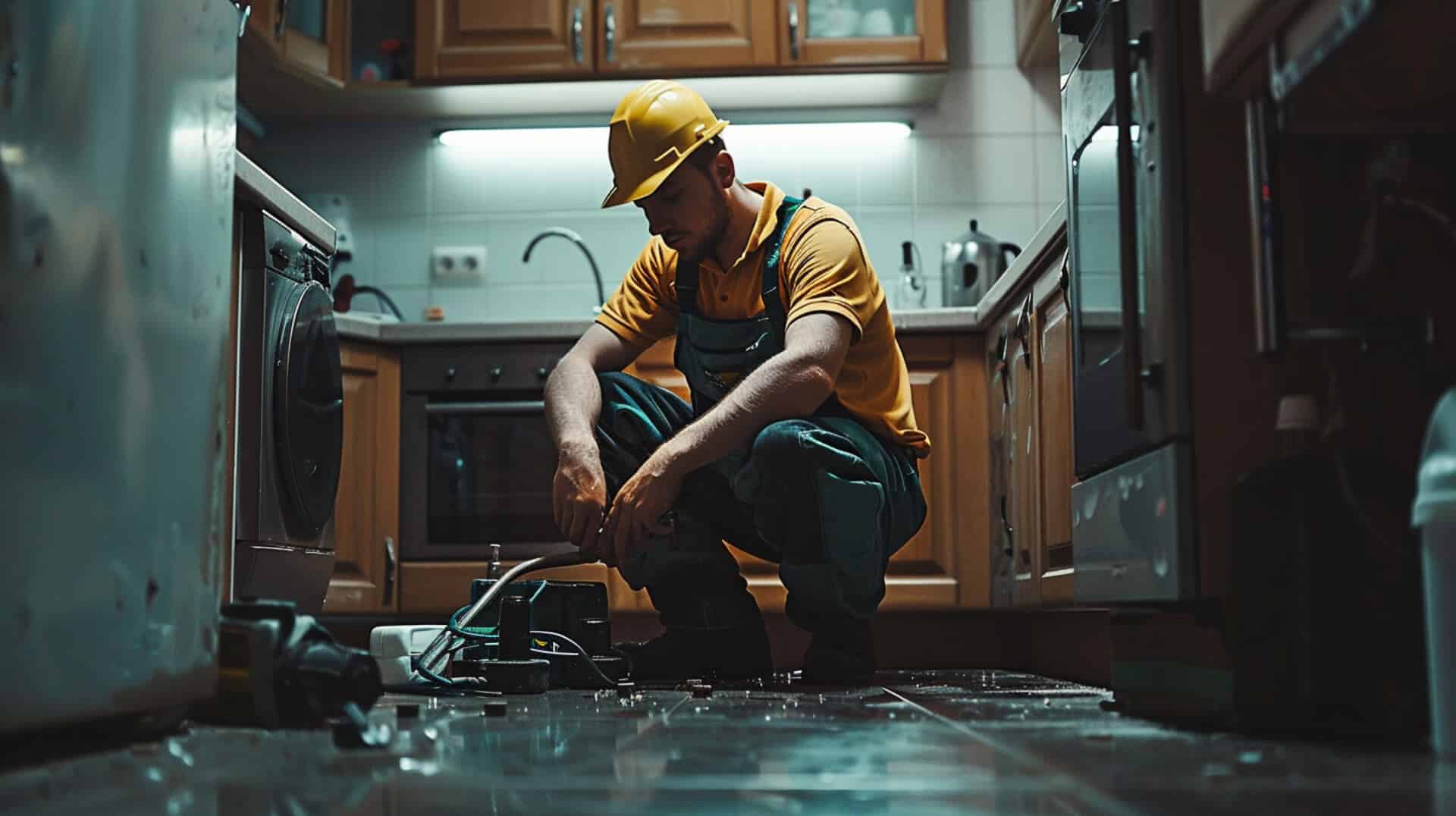
A structural drain survey is a comprehensive examination of a property’s drainage system, utilising advanced technology to ensure the integrity and functionality of the underground infrastructure. This type of survey is crucial for identifying potential issues that could lead to costly repairs if left unaddressed.
Why Are Structural Drain Surveys Necessary?
For property owners, business owners, and facility managers, understanding the condition of drainage systems is essential. These surveys can reveal hidden problems such as blockages, structural damage, and other issues that may not be immediately apparent. By proactively identifying these concerns, you can avoid the inconvenience and expense of emergency repairs.
Benefits for Stakeholders
Conducting a structural drain survey offers numerous advantages. It provides a clear picture of the drainage system’s condition, aids in planning maintenance schedules, and supports informed decision-making regarding property investments and renovations.
The Technology Behind Drain Surveys
State-of-the-art equipment, including high-definition CCTV cameras and sonar-capable remote-controlled devices, is employed to conduct these surveys. This technology allows for a non-intrusive yet detailed assessment of the drainage system, ensuring that every aspect is thoroughly examined.
Guide to the Survey Steps
This guide is designed to walk you through the steps involved in a structural drain survey. From the initial preparations to the final analysis and reporting, each stage is crucial for a successful survey. Understanding these steps ensures that you are well-informed about the process and its importance in maintaining the health of your property’s drainage system.
Understanding the Preliminary Preparations
Before embarking on a structural drain survey, certain initial assessments are crucial to ensure the process is conducted efficiently and effectively. Professionals begin by evaluating the layout and complexity of the drainage system to determine the scope of the survey. This initial step is vital as it informs the extent of the equipment and time required for a thorough inspection.
Legal and Permission Considerations
Prior to the survey, it is essential to secure the necessary permissions. This may include build-over agreements or coordination with local water authorities, especially if the survey involves areas beyond your property’s boundaries. Compliance with building regulations is also a critical factor, ensuring that the survey adheres to legal standards and avoids potential liabilities.
Scope Determination
Professionals utilise their expertise to ascertain the full extent of the drainage system, identifying key areas that require close examination. This includes above-ground pipes, soil stacks, and ducting systems, as well as the mainline and secondary pipes. A clear understanding of the system’s layout aids in a targeted approach, which is more cost-effective and less time-consuming.
Ensuring a Smooth Survey Process
The preliminary preparation phase is designed to mitigate risks and anticipate challenges. By conducting a comprehensive initial assessment and adhering to legal requirements, professionals set the stage for a survey that minimises disruption to your daily activities and provides accurate, actionable insights into the health of your drainage system.
The Role of Technology in Drain Surveys
In the realm of structural drain surveys, technology plays a pivotal role in ensuring comprehensive and accurate assessments. The equipment utilised is designed to navigate the often complex and inaccessible parts of drainage systems.
Advanced CCTV Technology
CCTV technologies are at the forefront of these surveys. High-definition cameras attached to flexible cables provide a live feed of the interior conditions of the pipes. This allows for real-time analysis and rapid identification of issues such as blockages or structural damage.
Enhanced Capabilities with Sonar
Remote-controlled cameras equipped with sonar capabilities offer additional advantages. They can detect variations in pipe density, which is essential for identifying hidden problems that may not be visible to the camera. This technology is particularly useful for assessing the condition of pipes that are filled with water or have poor visibility.
Precise Mapping and Inspection
The integration of pan-and-tilt functions in cameras further enhances the survey by allowing a 360-degree view of the pipes. This comprehensive visual access, combined with precise mapping techniques, ensures that every inch of the drainage system is inspected thoroughly. The data collected is then used to create detailed reports that inform maintenance decisions and future care of the drainage infrastructure.
By leveraging these sophisticated technologies, professionals can conduct structural drain surveys that are not only thorough but also minimally invasive, preserving the integrity of the property’s drainage system.
Step-by-Step Process of Conducting a Survey
A structural drain survey is a meticulous process that involves several key steps to ensure a thorough examination of the drainage system. Professionals are equipped with specialised technology to navigate and diagnose any issues within the system.
Equipment Setup and Access
The initial phase of the survey involves setting up the necessary equipment. Surveyors use flexible cables and high-definition CCTV cameras, which are carefully inserted into the drainage system. Access points, such as manholes or cleanouts, are utilised to introduce the cameras into the system without causing disruption to the property.
Live-Feed Analysis
Once the equipment is in place, surveyors conduct a live-feed analysis. This involves:
- Monitoring the real-time video feed from the CCTV cameras.
- Identifying any visible signs of blockages, structural issues, or damage.
- Documenting and mapping the location of any identified issues within the drainage system.
Handling Different Drainage Systems
Surveyors adapt their approach based on the type of drainage system being inspected. Residential, commercial, and industrial properties may have different configurations, and the technology used is versatile enough to handle various systems, including above-ground pipes and soil stacks.
Role of Technology in the Survey
Throughout the survey, technology plays a critical role. High-definition cameras provide a clear view of the interior of pipes, while remote-controlled capabilities allow for comprehensive coverage. Sonar technology may also be employed to detect issues that are not immediately visible, ensuring a complete assessment of the drainage system’s condition.
Identifying Common and Uncommon Issues
A structural drain survey is a critical tool for diagnosing a wide array of issues within drainage systems. Utilising advanced technology, surveyors can detect both common and uncommon problems that may affect the integrity and functionality of the system.
Detection of Blockages and Structural Damages
During the survey, the live-feed from CCTV cameras allows surveyors to identify:
- Blockages: Accumulations of debris, grease, or other materials obstructing the flow.
- Structural Damages: Cracks, fractures, or collapses within the pipes that may require immediate attention.
Identification of Root Intrusions and Rat Infestations
The high-resolution imagery and sonar capabilities of the survey equipment are particularly effective in detecting:
- Root Intrusions: Tree or plant roots that have penetrated the pipes, often causing blockages or damage.
- Rat Infestations: Signs of rodents that may compromise the system and pose health risks.
Methods for Detecting Waste Buildup
Surveyors employ techniques to identify waste buildup, including:
- Visual Inspection: Recognising signs of waste accumulation through the camera feed.
- Sonar Profiling: Using sonar to detect density changes indicative of waste presence.
Contribution to Early Detection
The comprehensive nature of a structural drain survey means that potential future problems can be identified before they escalate, such as:
- Minor Leaks: Small leaks that could lead to more significant issues if left unaddressed.
- Early-Stage Corrosion: Corrosion that may not yet be causing visible problems but could lead to future pipe failure.
By identifying these issues early, property owners can take proactive measures to address them, potentially saving on costly repairs and avoiding the inconvenience of more severe problems down the line.
Analysing Data and Reporting Findings
After the completion of a structural drain survey, the data collected from the CCTV feed undergoes a thorough analysis. This process is critical for translating raw visual information into actionable insights.
Data Interpretation
Professionals meticulously review the footage to identify and document any abnormalities within the drainage system. This includes:
- Assessing the condition of pipes
- Locating blockages, structural issues, and other anomalies
- Measuring the extent of any identified damages
Report Compilation
The findings are then compiled into a comprehensive report, which typically includes:
- Visual Documentation: Still images or video clips highlighting key areas of concern.
- Written Analysis: Narratives describing the issues and their potential impact on the drainage system.
- Colour-Coded Mapping: Diagrams or maps indicating the location and severity of problems.
Inclusion of Repair Recommendations
Alongside the diagnostic information, the report provides:
- Repair Strategies: Suggested methods for addressing the identified issues.
- Cost Estimates: An overview of potential repair costs to aid in budgeting and planning.
Utility of Detailed Reports
These detailed reports serve as a foundation for proactive maintenance by:
- Enabling property owners to make informed decisions regarding repairs
- Assisting in the planning of maintenance schedules
- Providing a historical record of the drainage system’s condition
By equipping you with a clear understanding of your property’s drainage health, these reports become an indispensable tool in the management and upkeep of your infrastructure.
Professional Expertise and Qualifications
When considering a structural drain survey, the qualifications and expertise of the surveyor are paramount. The intricacies of drainage systems require a professional with a specific set of skills and certifications to ensure accurate diagnostics and effective problem-solving.
Required Certifications for Surveyors
Surveyors should possess a range of certifications that demonstrate their capability to handle complex drainage assessments. These may include:
- OS19X, OS20X, OS21X: Certifications indicating proficiency in pipe sewer condition classification.
- High-Pressure Water Jetting Certification: A qualification that shows expertise in using high-pressure water jets, often used in clearing blockages.
- CSCS Card: The Construction Skills Certification Scheme card, which proves the surveyor has the necessary training and qualifications for the construction industry.
The Impact of Professional Expertise
The expertise of the surveyor is crucial for several reasons:
- Accurate Diagnostics: A well-trained professional can accurately interpret the data from the survey, identifying issues that require attention.
- Efficient Problem-Solving: With the right qualifications, a surveyor can recommend the most effective solutions to any problems found within the drainage system.
Ensuring Safety and Efficiency
Qualifications are not only a marker of expertise but also a guarantee of safety and efficiency. Surveyors with the appropriate certifications are trained to conduct surveys while minimising risks to themselves and the property. This ensures that the survey process is not only effective but also adheres to the highest safety standards.
Health and Safety Considerations During Surveys
Health and safety are paramount during a structural drain survey. Professionals adhere to stringent protocols to ensure the well-being of both the surveyors and the property.
Adherence to Safety Protocols
Surveyors follow a set of established safety protocols which include:
- Conducting risk assessments prior to the survey to identify and mitigate potential hazards.
- Utilising personal protective equipment (PPE) to safeguard against injury.
- Ensuring all equipment is properly maintained and safe for use.
Qualifications Ensuring Safe Operation
Qualifications such as the IOSH Working Safely and the NEBOSH National General Certificate provide surveyors with knowledge of health and safety best practices. These qualifications ensure that:
- Surveyors are aware of their responsibilities and the necessary precautions to take during a survey.
- Operations are conducted in compliance with current health and safety legislation.
Prioritising Health and Safety
The prioritisation of health and safety is integral to the survey process because:
- It protects individuals from accidents and injuries.
- It ensures the structural integrity of the property is not compromised during the survey.
Mitigation of Risks
To mitigate risks during the survey, professionals:
- Regularly review and update safety procedures in line with new regulations.
- Engage in continuous training to stay abreast of the latest safety techniques.
- Implement safety measures such as cordoning off survey areas to prevent unauthorised access.
By maintaining a focus on health and safety, surveyors can conduct thorough and effective structural drain surveys without compromising the safety of the property or personnel involved.
Post-Survey Actions and Recommendations
Once the structural drain survey is complete, the surveyor will undertake several post-survey actions to ensure that you are well-informed about the condition of your drainage system and the necessary steps for maintenance or repair.
Interpreting Survey Findings
The surveyor will analyse the data collected during the survey to create a detailed report. This report will include:
- Findings: A comprehensive account of any issues discovered during the survey.
- Implications: An explanation of what these issues could mean for the integrity of your drainage system.
Planning for Repairs and Maintenance
Based on the survey findings, the surveyor will recommend a course of action, which may include:
- Immediate Repairs: For urgent issues that could lead to significant damage if not addressed promptly.
- Scheduled Maintenance: For less critical issues that can be resolved through routine maintenance.
Importance of Following Recommendations
Adhering to the surveyor’s recommendations is crucial because:
- It can prevent minor issues from escalating into major problems.
- It ensures the longevity and proper functioning of your drainage system.
Ensuring Drainage System Longevity
By taking the recommended post-survey actions, you contribute to the health and longevity of your drainage system. This proactive approach can save you from future inconveniences and costly repairs, ensuring that your property’s drainage system remains in optimal condition.
The Importance of Regular Maintenance and Inspections
Regular inspections are a cornerstone of maintaining a healthy drainage system. They serve as a preventive measure, ensuring that any potential issues are identified and addressed before they escalate into more significant problems.
Role of Structural Drain Surveys in Maintenance
Structural drain surveys are an integral part of a comprehensive maintenance schedule. They provide a detailed assessment of the drainage system’s condition, allowing for:
- Early detection of issues such as blockages, structural damage, and root intrusions.
- Planning for targeted maintenance work to address specific concerns.
Benefits of Regular Inspections
Incorporating regular inspections into your maintenance plan offers several advantages:
- Cost Savings: Preventive maintenance can reduce the likelihood of expensive emergency repairs.
- System Longevity: Regular surveys help extend the life of your drainage system by ensuring it remains in good working order.
- Risk Mitigation: Routine inspections can prevent issues like water leakage and sewage backup, which pose health and safety risks.
Implementing a Maintenance Plan
For property owners, business owners, and facility managers, establishing a maintenance plan involves:
- Scheduling regular structural drain surveys.
- Collaborating with certified professionals who can provide expert assessments.
- Following through with recommended actions based on survey findings to ensure the system’s optimal performance.
By prioritising regular maintenance and inspections, you can safeguard the functionality and integrity of your property’s drainage system, ultimately contributing to the property’s overall health and value.
Legal and Compliance Aspects of Drain Surveys
Conducting a structural drain survey involves not only technical expertise but also a thorough understanding of the legal and regulatory framework governing such activities. Compliance with these regulations is essential to ensure the legality and validity of the survey process.
Navigating Legal Requirements
During a drain survey, professionals must consider various legal aspects, such as:
- Build-Over Agreements: Required when surveying drainage systems near or under existing structures.
- Water Authority Coordination: Necessary when the survey involves public sewers or water mains.
Ensuring Compliance with Regulations
Compliance with building regulations and water authority standards is crucial. Surveys must adhere to:
- Building Codes: Ensuring that the drainage system meets the local building codes and standards.
- Water Authority Guidelines: Following the guidelines set by local water authorities, especially when modifications or repairs are needed.
Importance of Renovation Insurance
Renovation insurance is recommended to protect against:
- Unforeseen Damages: Covering any accidental damage to the property during the survey.
- Liability: Providing financial protection in case of legal claims arising from the survey work.
Protecting Property Owners and Managers
Legal and compliance considerations safeguard the interests of property owners and managers by:
- Preventing Penalties: Avoiding fines or legal action due to non-compliance.
- Ensuring Validity: Making sure that the survey results are recognised by authorities and insurers.
By adhering to these legal and compliance aspects, property owners and managers can ensure that their structural drain survey is conducted responsibly and with due diligence.
Key Takeaways from Structural Drain Surveys
Understanding the steps involved in a structural drain survey equips property owners, business owners, and facility managers with the knowledge to manage their properties’ drainage systems effectively. This guide has outlined the importance of:
- Preliminary Preparations: Ensuring all necessary legal permissions and scope assessments are in place before the survey begins.
- Technology Utilisation: Leveraging state-of-the-art CCTV and sonar equipment for thorough inspections.
- Professional Expertise: Engaging qualified surveyors with the necessary certifications for accurate diagnostics.
Applying Survey Insights to Property Management
Investing in a structural drain survey is a prudent decision for property management. It allows for:
- Proactive Maintenance: Identifying potential issues before they become costly repairs.
- Informed Decision-Making: Using survey data to make knowledgeable choices about property maintenance and improvements.
Utilising Survey Information
Readers can apply the information provided in this guide by:
- Scheduling Regular Surveys: Incorporating structural drain surveys into their regular maintenance routines.
- Selecting Qualified Professionals: Choosing surveyors based on their qualifications and adherence to safety standards.
- Following Through on Recommendations: Implementing the suggested actions from survey reports to maintain the health of their drainage systems.
By understanding and applying these steps, you can ensure the longevity and efficiency of your property’s drainage system, ultimately safeguarding your investment.

